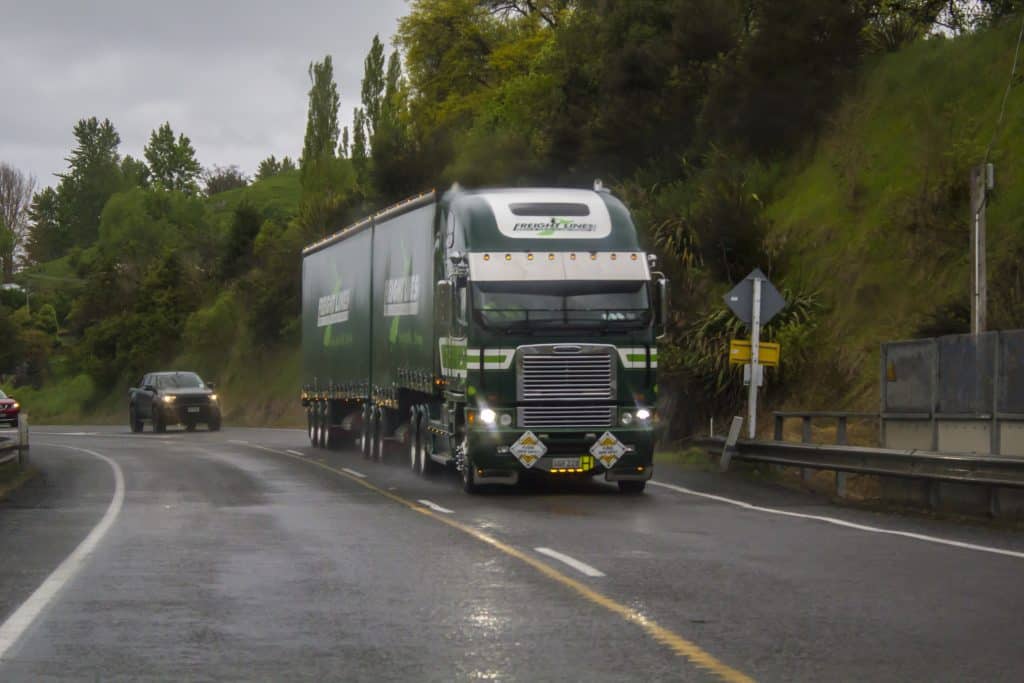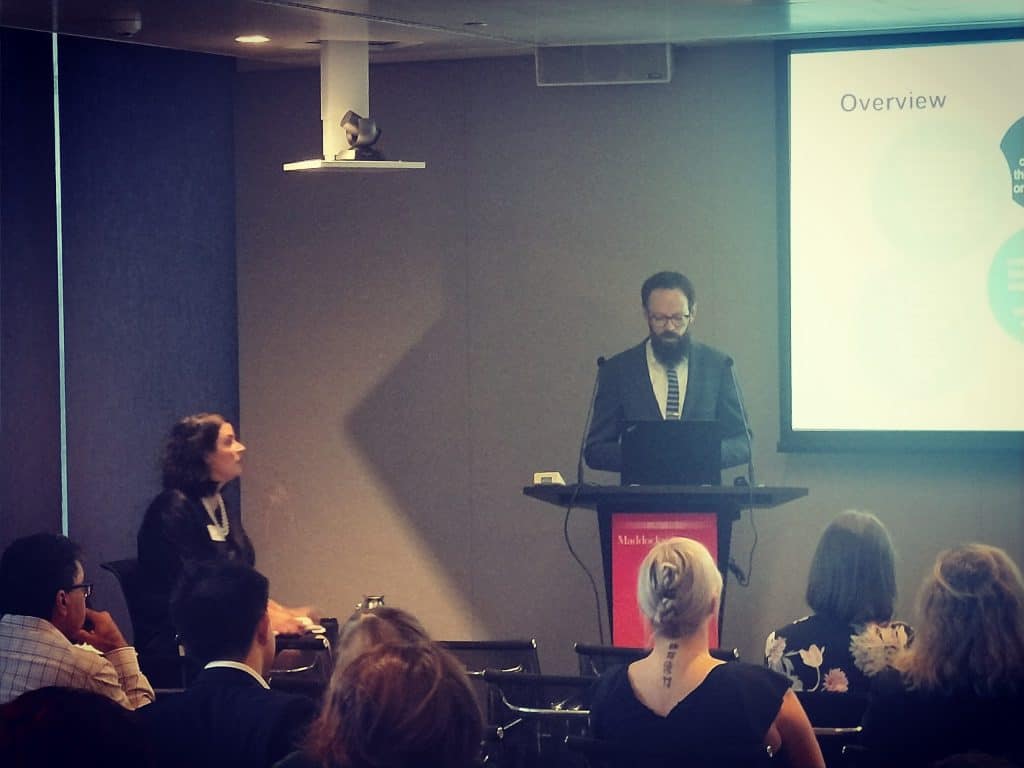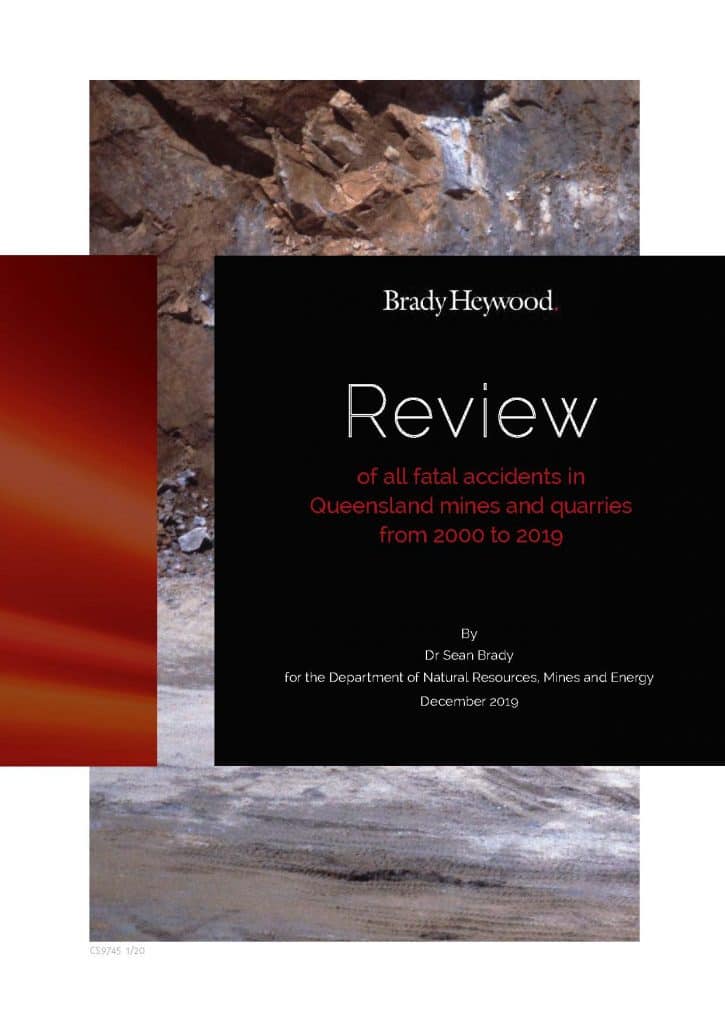Mental health and burnout are workplace hazards with which many companies and workers are struggling. No matter what international or national organisations say about the hazard, it remains difficult to implement positive change at the workplace level. It is not helped by mainstream media articles that claim to prevent burnout and then provide very little information about how to prevent it.
A recent article in The Times, and reproduced today in The Australian, written by John Naish, is an example. The original article was headlined “How to prevent burnout at work”. This was retitled “Workplace burnout can lead to numerous serious health issues — and even premature death” in The Australian” (both are paywalled).







